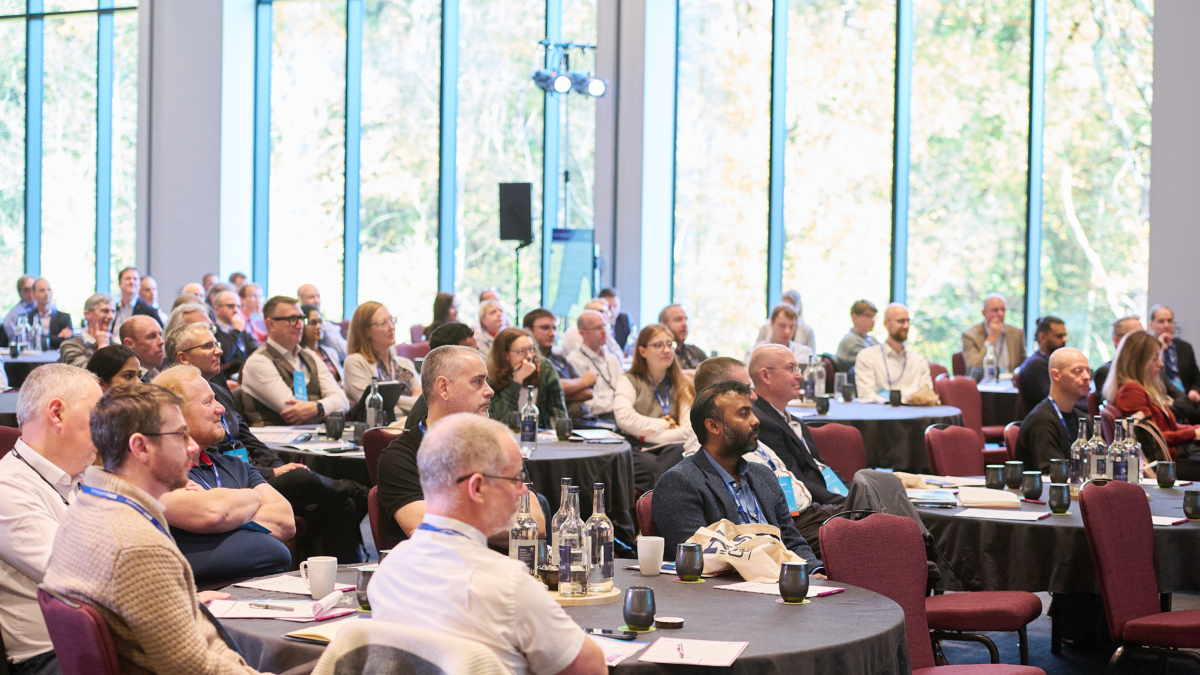
Gem #38: Safe and Secure Software : Chapter 4, Safe Architecture
Let's get started…
When speaking of buildings, a good architecture is one whose design gives the required strength in a natural and unobtrusive manner and thereby provides a safe environment for the people within. An elegant example is the Pantheon in Rome whose spherical shape has enormous strength and provides an uncluttered space. Many ancient cathedrals are not so successful, and need buttresses tacked on the outside to prop up the walls. In 1624, Sir Henry Wooton summed the matter up in his book, The Elements of Architecture, by saying "Well building hath three conditions – commoditie, firmenes & delight". In modern terms, it should work, be strong and be beautiful as well.
A good architecture in a program should similarly provide unobtrusive safety for the detailed workings of the inner parts within a clean framework. It should permit interaction where appropriate and prevent unrelated activities from accidentally interfering with each other. And a good language should enable the writing of programs with a good architecture.
There is perhaps an analogy with the architecture of office spaces. An arrangement where everyone has an individual office can inhibit communication and the flow of ideas. On the other hand, an open plan office often causes problems because noise and other distractions interfere with productivity.
The structure of an Ada program is based primarily around the concept of a package, which groups related entities together and provides a natural framework for hiding implementation details from its clients.
Read Chapter 4 in full
Note: All chapters of this booklet will, in time, be available on the Ada 2005 home page.
Ch.4 - Safe Architecture




